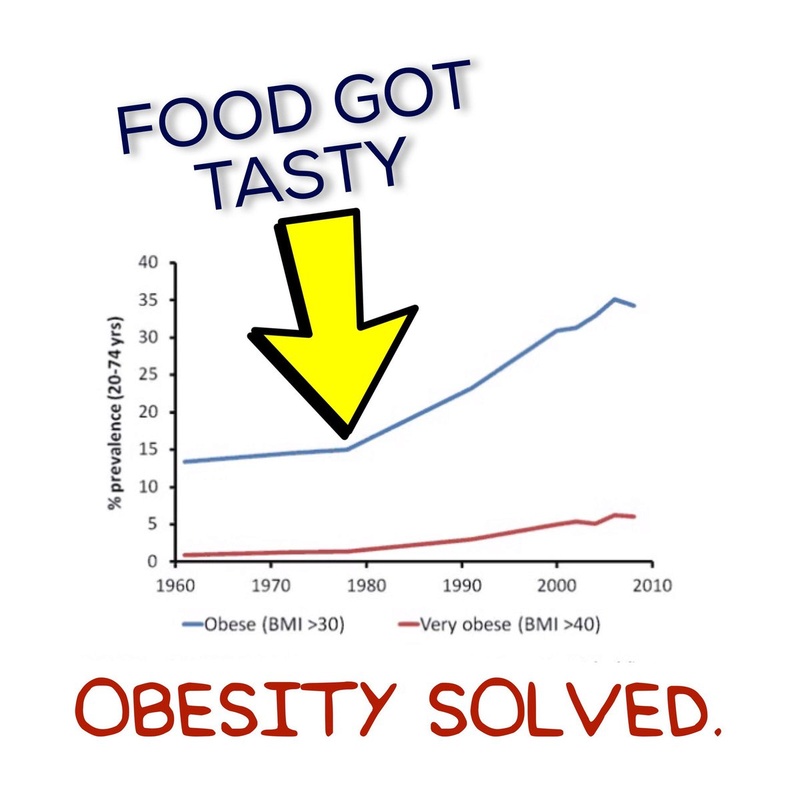When we think about the world’s biggest killer, different things come to mind. Guns? Or possibly heart disease, cancer, or maybe even dementia? Well, those three chronic diseases are all good bets. But what if they are just the result of something else, and they all have a common cause?
In that case, that common cause could be the world’s biggest killer – and it goes by the name of hyperinsulinemia. This article takes a look at the rapidly growing problem of hyperinsulinemia and insulin resistance.
What is Insulin Resistance?
Insulin resistance is a term to describe when our body develops a resistance to the effects of the hormone insulin. As a result, we experience increasing blood sugar levels and higher levels of circulating insulin. What is Hyperinsulinemia? Hyperinsulinemia refers to the situation where we have a constant elevation of insulin levels.
The literal definition is simply an excess amount of insulin in the blood. Insulin resistance is the usual cause of hyperinsulinemia, and the resulting high insulin levels can be very damaging to our body.
Is Hyperinsulinemia Type 2 Diabetes?
There is a strong connection between hyperinsulinemia and type 2 diabetes, but they are not the same thing. Type 2 diabetes occurs when the pancreas fails to produce enough insulin to maintain normal blood sugar levels. However, hyperinsulinemia refers to when the body is producing too much insulin to keep high blood sugar levels in check.
Without adequate intervention, chronic hyperinsulinemia can lead to type 2 diabetes. But it must be remembered: hyperinsulinemia is associated with metabolic syndrome, and it’s harmful independently of diabetes.
Key Point: Insulin resistance leads to hyperinsulinemia – excess amounts of circulating insulin in the body. What Causes High Insulin Levels? As shown above, insulin resistance leads to higher blood sugar levels. And the result of this is that the pancreas releases excessive levels of insulin to try and compensate.
But what causes insulin resistance?
Risk Factors
In the first place, there are some general risk factors/symptoms for insulin resistance which include the following.
Age: insulin resistance is usually diagnosed in those aged over 40
Obesity (especially relating to abdominal fat)
Hypertension
Prediabetes
Genetics: a family history increases risk
A lack of physical activity
Sedentary lifestyle
Low HDL and high triglyceride levels
More Importantly: The Cause of the Risk Factors
Knowing the risk factors for a health condition isn’t actionable if we aren’t aware of the cause of those risk factors. Prediabetes and obesity certainly don’t just appear overnight; they have a common cause. And that cause is often diet.
More on this article from diet expert Michael Joseph here:
http://nutritionadvance.com/hyperinsulinemia-insulin-resistance/
Eddie
In that case, that common cause could be the world’s biggest killer – and it goes by the name of hyperinsulinemia. This article takes a look at the rapidly growing problem of hyperinsulinemia and insulin resistance.
What is Insulin Resistance?
Insulin resistance is a term to describe when our body develops a resistance to the effects of the hormone insulin. As a result, we experience increasing blood sugar levels and higher levels of circulating insulin. What is Hyperinsulinemia? Hyperinsulinemia refers to the situation where we have a constant elevation of insulin levels.
The literal definition is simply an excess amount of insulin in the blood. Insulin resistance is the usual cause of hyperinsulinemia, and the resulting high insulin levels can be very damaging to our body.
Is Hyperinsulinemia Type 2 Diabetes?
There is a strong connection between hyperinsulinemia and type 2 diabetes, but they are not the same thing. Type 2 diabetes occurs when the pancreas fails to produce enough insulin to maintain normal blood sugar levels. However, hyperinsulinemia refers to when the body is producing too much insulin to keep high blood sugar levels in check.
Without adequate intervention, chronic hyperinsulinemia can lead to type 2 diabetes. But it must be remembered: hyperinsulinemia is associated with metabolic syndrome, and it’s harmful independently of diabetes.
Key Point: Insulin resistance leads to hyperinsulinemia – excess amounts of circulating insulin in the body. What Causes High Insulin Levels? As shown above, insulin resistance leads to higher blood sugar levels. And the result of this is that the pancreas releases excessive levels of insulin to try and compensate.
But what causes insulin resistance?
Risk Factors
In the first place, there are some general risk factors/symptoms for insulin resistance which include the following.
Age: insulin resistance is usually diagnosed in those aged over 40
Obesity (especially relating to abdominal fat)
Hypertension
Prediabetes
Genetics: a family history increases risk
A lack of physical activity
Sedentary lifestyle
Low HDL and high triglyceride levels
More Importantly: The Cause of the Risk Factors
Knowing the risk factors for a health condition isn’t actionable if we aren’t aware of the cause of those risk factors. Prediabetes and obesity certainly don’t just appear overnight; they have a common cause. And that cause is often diet.
More on this article from diet expert Michael Joseph here:
http://nutritionadvance.com/hyperinsulinemia-insulin-resistance/
Eddie



